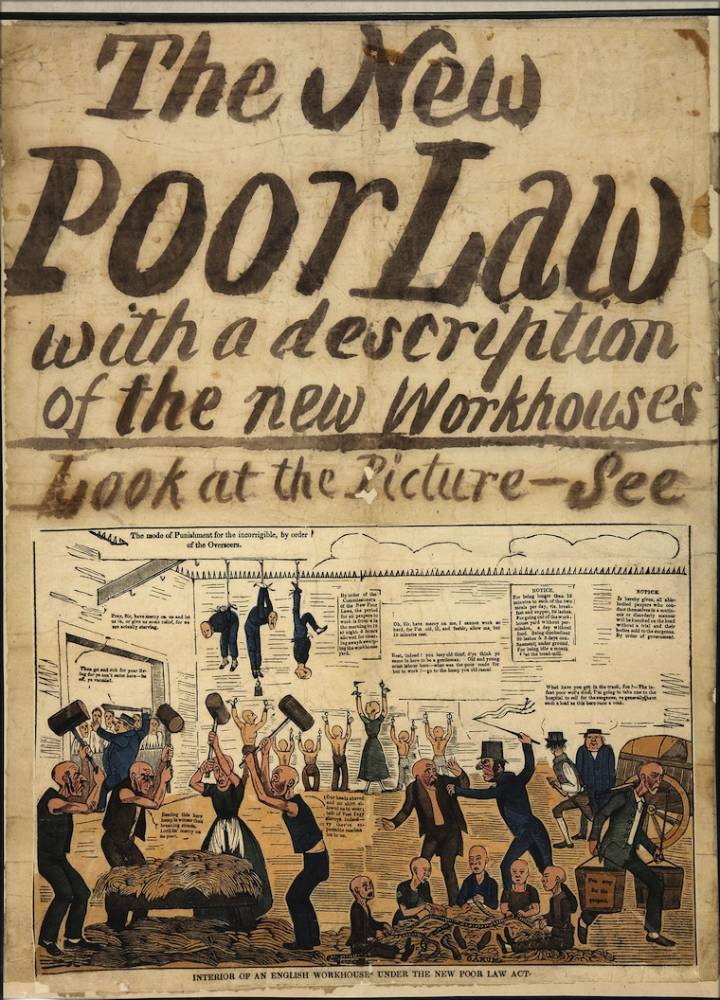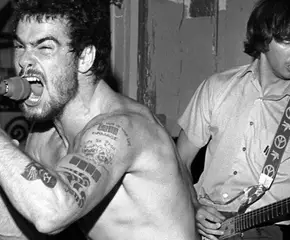5. The Workhouse

A contemporary portrayal of the horrid conditions in a Victorian poor house. Source: The British Library
When Dickens was in his early twenties, the English governing class passed the Poor Law Act Amendment, or the New Poor Law. Over the next twenty years, this law made it such that over 500 new “workhouses” or “poorhouses” went up in jolly ol’ England.
These homes weren’t a governmental effort to provide the poor or homeless with shelter; rather, the government thought that such establishments would save them money.
First, the workhouses were intentionally made to be so nasty that only the most desperate would subject themselves to living there. The government also cut spending on food and any semblance of comfort while simultaneously forcing tenants to work for their place in the prison-like residences.
As one fictional humanitarian tells Ebenezer Scrooge in Dickens’s A Christmas Carol, many Englishmen would rather die than end up in a workhouse. Scrooge, of course, replies, “If they would rather die, they had better do it, and decrease the surplus population.” Perhaps one of the author’s most famous characters, Oliver Twist, starts his journey “farmed” out to one of these devastating locales.





